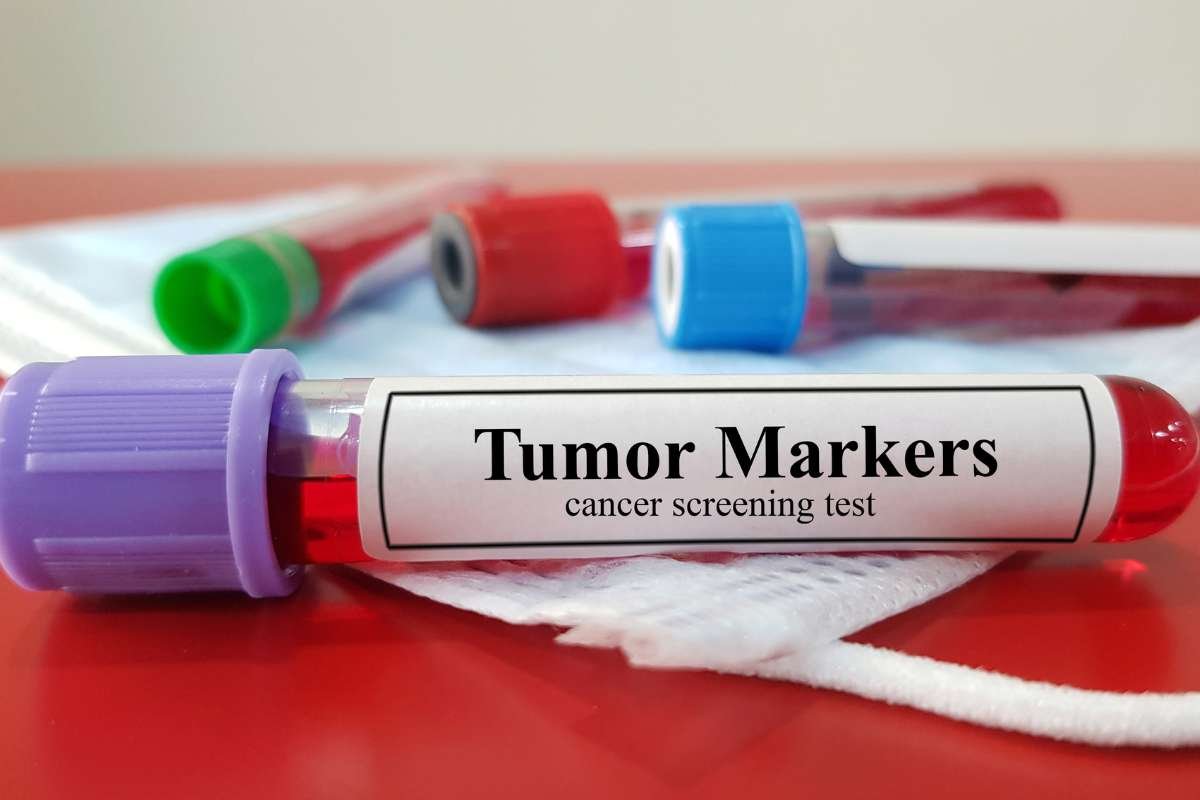Vascular Endothelial Growth Factor (VEGF) is a key player in the complex dance of blood vessel creation, highlighting its importance in the body’s physiological and pathological functions. This thorough analysis of VEGF’s diverse roles, including its basic roles in vascular development and its consequences in a range of medical problems, opens the door to a better understanding of this important molecular component.
Unveiling VEGF: A Molecular Maestro in Vascular Growth
1. The Genesis of VEGF
Vascular Endothelial Growth Factor, as its name suggests, is a signaling protein that holds the remarkable ability to stimulate the growth of blood vessels. Initially identified as vascular permeability factor (VPF), VEGF emerged in the 1980s as a crucial mediator in the process of angiogenesis, the formation of new blood vessels from existing ones.
2. VEGF Gene Family
The VEGF gene family encompasses multiple members, each encoding distinct isoforms of the VEGF protein. These isoforms, including VEGF-A, VEGF-B, VEGF-C, and VEGF-D, exhibit unique characteristics and functions. VEGF-A, in particular, steals the spotlight for its central role in angiogenesis and vascular maintenance.
The Ballet of Angiogenesis: VEGF’s Role in Vascular Development
1. Initiation of Angiogenesis
Angiogenesis, the complex process of new blood vessel formation, is kick-started by specific signals, and VEGF takes center stage in this initiation. Under physiological conditions, such as embryonic development and tissue repair, cells release VEGF in response to cues like hypoxia (low oxygen levels) or growth signals.
2. VEGF Receptors
Vascular Endothelial Growth Factor exerts its effects by binding to specific receptors on the surface of endothelial cells, the building blocks of blood vessels. The primary receptors, VEGFR-1 (Flt-1) and VEGFR-2 (KDR/Flk-1) mediate the diverse functions of VEGF. The binding of VEGF to its receptors triggers a cascade of events, including endothelial cell activation, proliferation, and migration.
3. Blood Vessel Formation

Once activated, endothelial cells sprout, elongate, and form tubular structures, culminating in the formation of functional blood vessels. VEGF’s influence extends beyond the initiation of angiogenesis, regulating vascular permeability and promoting the survival of newly formed vessels.
Physiological Significance of VEGF: Beyond Blood Vessel Growth
1. Embryonic Development
During embryogenesis, VEGF is indispensable for the formation of the intricate vascular network that nourishes developing tissues and organs. Its spatiotemporal regulation guides the sculpting of blood vessels, ensuring proper organ development.
2. Tissue Repair and Regeneration
In adulthood, VEGF continues to play a crucial role in tissue repair and regeneration. Following injury or damage, the release of VEGF facilitates the formation of new blood vessels, supporting the influx of nutrients and oxygen necessary for tissue healing.
3. Ovarian Function and Pregnancy
In the female reproductive system, the Vascular Endothelial Growth Factor (VEGF) is pivotal for ovarian function and plays a crucial role during pregnancy. It promotes the development of the corpus luteum, essential for the production of hormones, and ensures an adequate blood supply to the placenta, facilitating fetal growth.

Angiogenesis: Unraveling the Intricacies of Vascular Growth for Health and Disease
The basic process of vascular growth known as angiogenesis is essential in forming the complex web of blood vessels that make up the human body.
VEGF in Disease: Navigating the Dual Role
1. VEGF and Cancer
While VEGF’s role in physiological angiogenesis is indispensable, its dysregulation is implicated in various diseases, most notably cancer. Tumors exploit the pro-angiogenic properties of VEGF to ensure a dedicated blood supply for sustained growth and metastasis.
2. Angiogenesis in Tumor Microenvironment
In the tumor microenvironment, cancer cells release elevated levels of VEGF, creating a conducive milieu for the formation of new blood vessels that infiltrate the tumor. This robust vascular network not only supports the nutritional needs of the cancer cells but also facilitates their dissemination to other parts of the body.
3. Anti-Angiogenic Therapies
The recognition of VEGF’s pivotal role in tumor angiogenesis has led to the development of anti-angiogenic therapies, aiming to disrupt the Vascular Endothelial Growth Factor (VEGF) signaling pathway. Drugs like bevacizumab, a monoclonal antibody targeting VEGF, have shown efficacy in inhibiting tumor growth and are employed in the treatment of various cancers.
4. Cardiovascular Diseases
In cardiovascular diseases, VEGF’s dysregulation can contribute to conditions such as ischemic heart disease and peripheral arterial disease. The inadequate supply of blood to vital organs and tissues underscores the delicate balance required for VEGF’s physiological functions.
5. Diabetic Retinopathy and Macular Degeneration

In conditions affecting the eyes, such as diabetic retinopathy and age-related macular degeneration, abnormal angiogenesis driven by VEGF can lead to vision impairment. Anti-VEGF therapies have emerged as a crucial intervention in managing these ocular disorders.
Therapeutic Implications: Harnessing Vascular Endothelial Growth Factor (VEGF) for Health
1. Anti-VEGF Therapies in Cancer
Anti-VEGF therapies have transformed the landscape of cancer treatment. Beyond bevacizumab, tyrosine kinase inhibitors (TKIs) targeting VEGF receptors have shown efficacy in various malignancies. These therapies aim to starve tumors by disrupting their blood supply, impeding their growth and metastatic potential.
2. VEGF in Ischemic Conditions
In the context of cardiovascular diseases, therapeutic strategies aim to harness the pro-angiogenic properties of VEGF. Gene therapy and protein-based approaches that deliver VEGF to ischemic tissues seek to stimulate the formation of new blood vessels, promoting tissue perfusion and mitigating damage.
Challenges and Future Directions: Navigating the Complex Terrain of VEGF
1. Challenges in Anti-VEGF Therapies
Despite the success of anti-VEGF therapies in cancer, challenges persist. Resistance to these therapies can emerge, prompting ongoing research to uncover the underlying mechanisms and develop strategies to overcome or prevent resistance.
2. Precision Medicine and Biomarkers

Advances in precision medicine aim to tailor anti-VEGF therapies based on individual patient profiles. Identifying biomarkers that predict responses to these therapies is a crucial avenue of research, ensuring personalized and effective treatment strategies.
3. Emerging Therapies and Targets
Ongoing research explores novel therapeutic targets and approaches beyond Vascular Endothelial Growth Factor (VEGF). Combination therapies, targeting multiple components of the angiogenic pathway, hold promise in enhancing treatment efficacy and overcoming resistance.
Conclusion: VEGF as a Pivotal Player in the Vascular Symphony
The vascular Endothelial expansion Factor plays a crucial role in both the harmonious notes of health and the discordant notes of sickness with its complex ballet of encouraging blood vessel expansion. As VEGF is involved in both vascular formation and the intricate processes involved in cancer and cardiovascular illnesses, its dual function emphasizes how important it is to the delicate balance of the human body. A greater knowledge emerges as research delves into the molecular subtleties and therapeutic potentials of VEGF, providing hope for precision medicine and targeted therapies. Deciphering the VEGF melodies in the vascular symphony of life creates new opportunities for scientific research and game-changing methods to improve human health.











